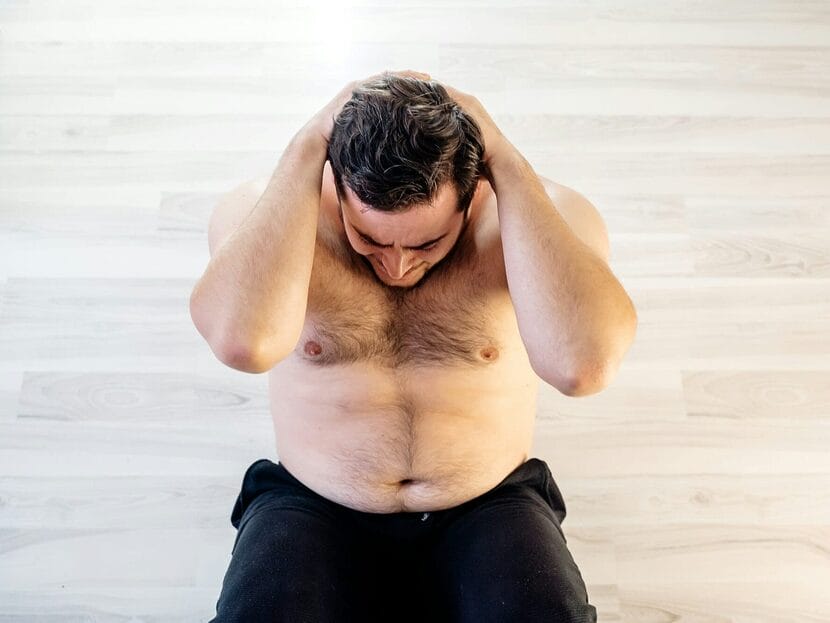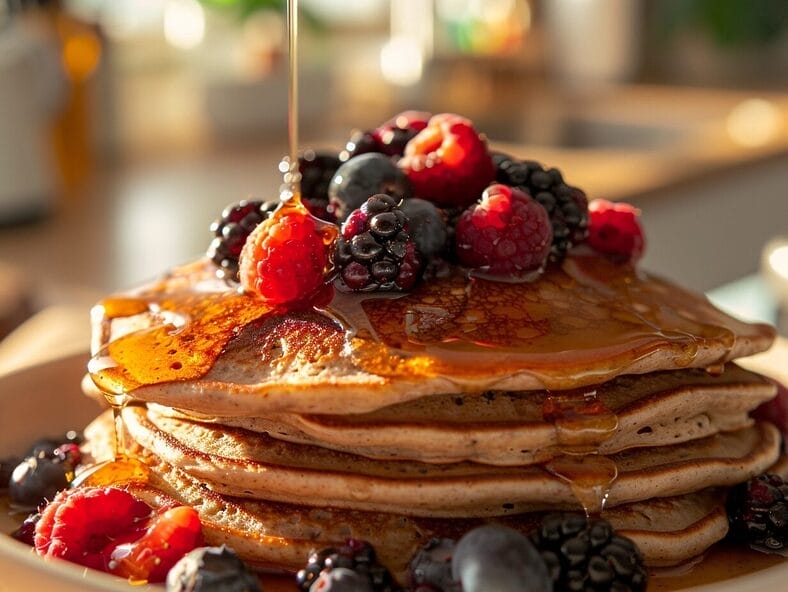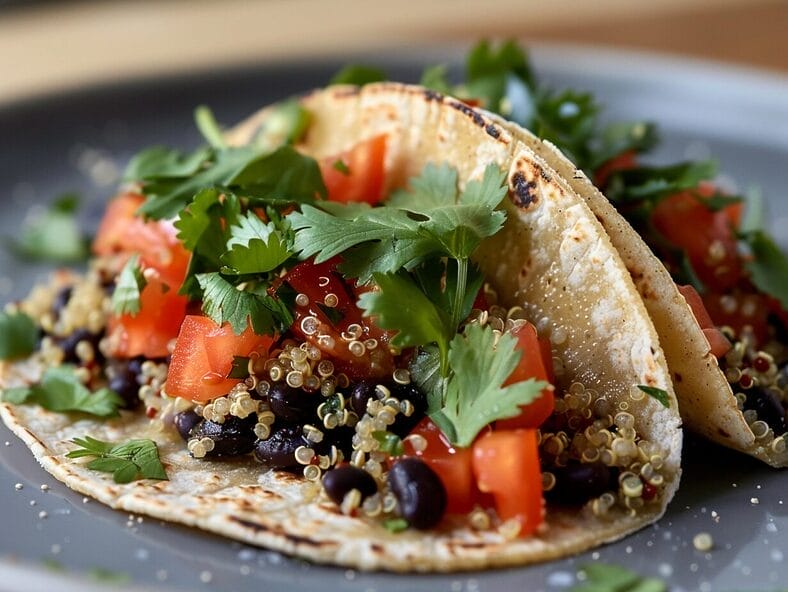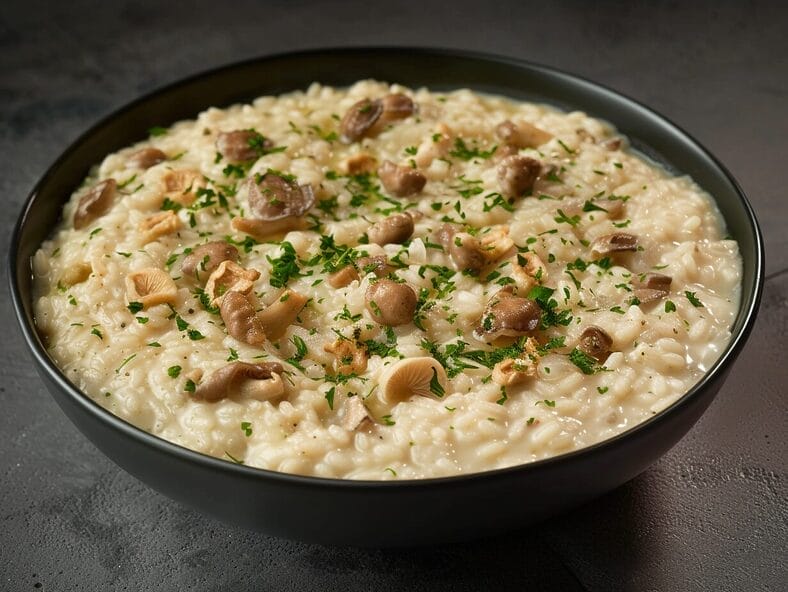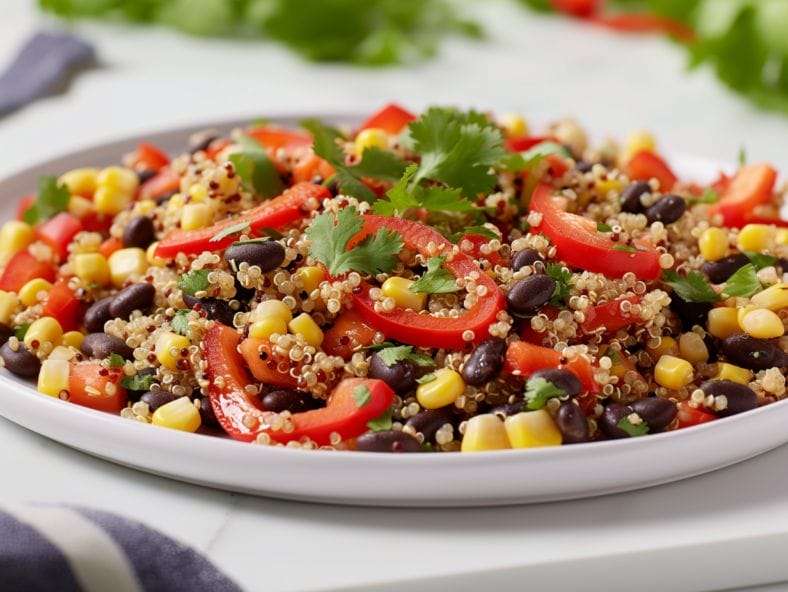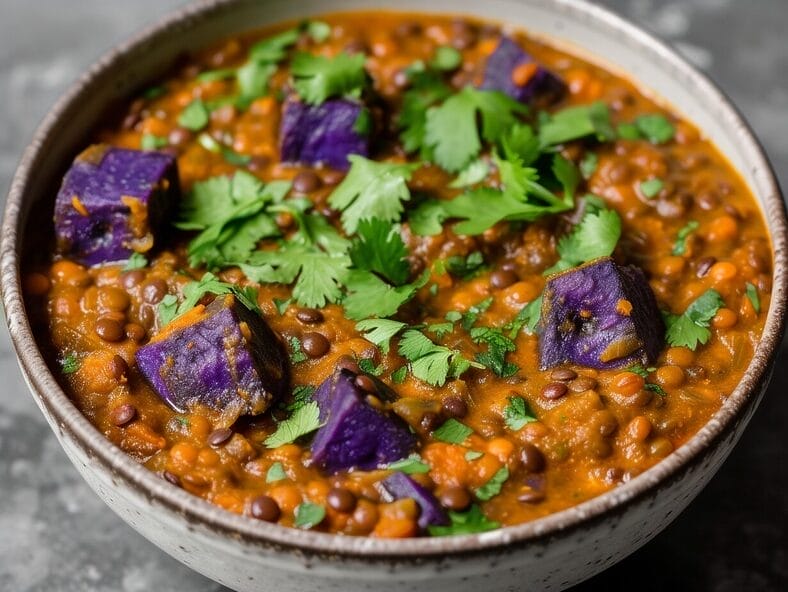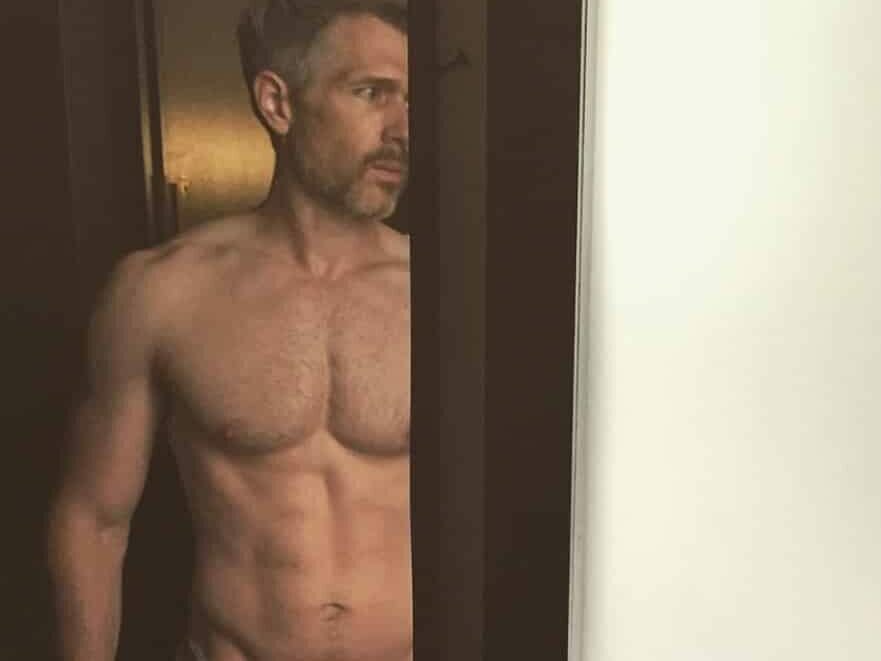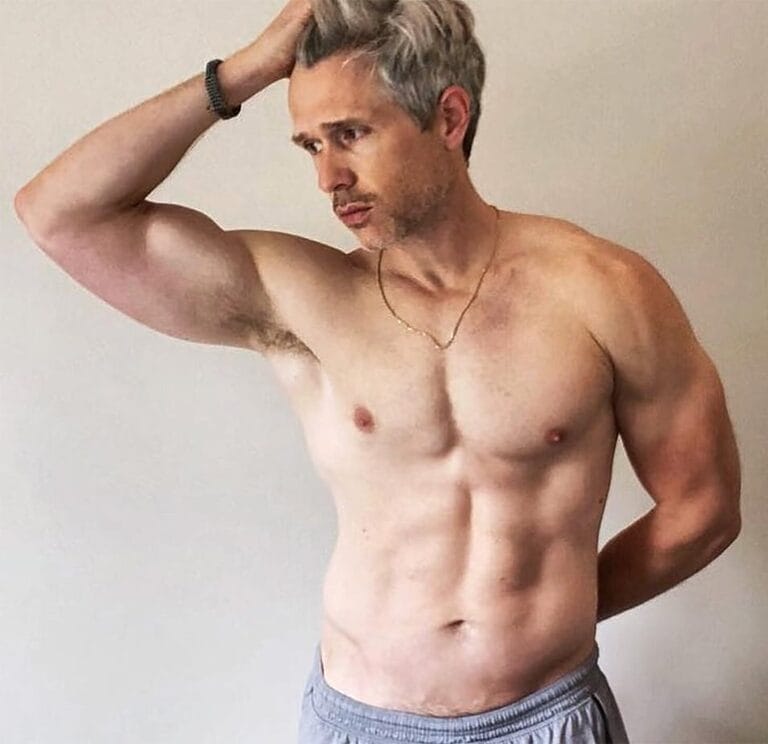I gained weight during the pandemic
What people have been jokingly calling “the Covid 19” was literally a 17.9 lb increase in body fat for me according to the DEXA scan results I just received. Like many of my friends and family, I experienced a fitness setback during quarantine. Here’s how I plan to lose this fat and reclaim my health from the last 17 months of struggle.
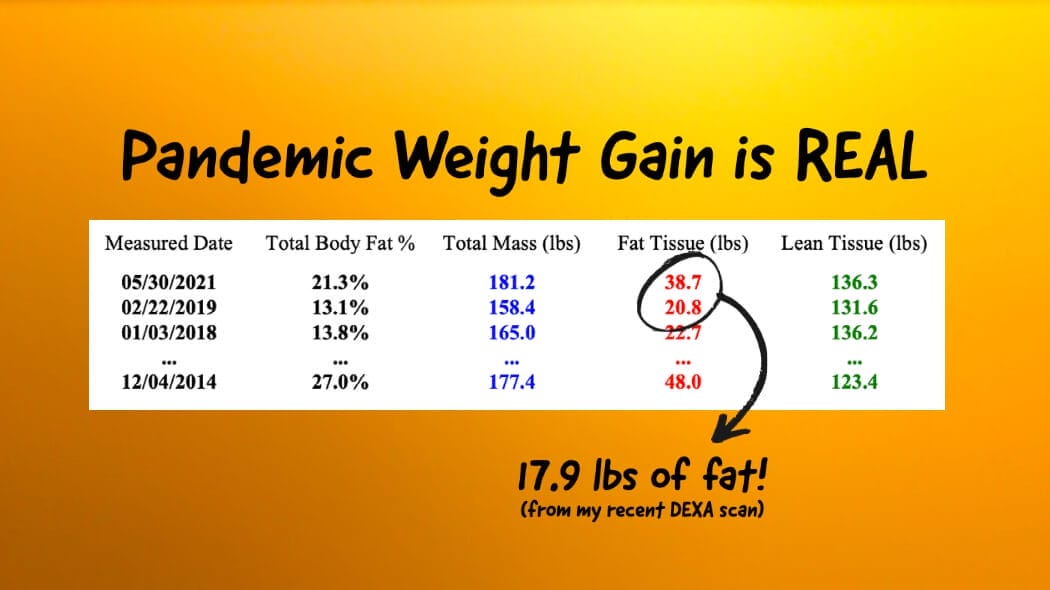
Losing fat is simple math.
I wrote a book that explains how simple it is to lose fat. But, if it’s that “simple,” how did I end up falling into the pandemic weight gain trap? That’s simple, too. I ate too much and moved too little.
I know you know the pandemic was stressful. Social media was flooded with scary information about COVID-19, plus we were confronted by constant political turmoil and a much-needed racial rights reckoning. All that stress made me want to curl up into a ball on the couch and eat ice cream. So I did exactly that for most of the quarantine. I also started eating fried foods, candy, and junk that I hadn’t touched in years. Why? For emotional comfort.
Silly, I know, but life is hard and potato chips are “easy.”
Many of us are conditioned to find emotional comfort in food, and I’m susceptible to this trap, too. The past year and a half were an endless torrent of stress. In addition to the pandemic, we also suffered a miscarriage, began renovating a new house, started some new medications (don’t worry, I’m fine), and the list goes on.
I’m not trying to invoke a pity party—EVERYONE has stressors like these (or worse). But all of our regular stress was compounded by the fear of a communicable virus and the isolation that resulted from quarantines and closures. The stress sent me into emotional survival mode, and for me, that means overeating and consuming junk food for comfort.
I Didn’t Burn Those Extra Calories
All that emotional eating led to a caloric surplus because I wasn’t burning off those extra calories. That surplus caused my pandemic weight gain.
Gyms in Los Angeles were closed during most of 2020. when they reopened they either didn’t offer hours or capacity that fit my schedule, or I didn’t feel safe going back. My husband and I didn’t have any help with childcare, so we split the day caring for our two-year-old son. This left barely any time for exercise… basically 30 minutes to jump in place in our garage/office.
It’s hard to commit to an exercise program under those conditions. I struggled to find an at-home workout program, but nothing worked for me. I tried Aaptiv, Apple Workouts, and the Peloton app. We bought a fan bike, and it’s been helpful, but it’s not an everyday thing. We even snagged a set of Rogue dumbbells after spending 6 months on a waitlist. We’re pretty lucky to have all that equipment, but all the equipment in the world is pointless, if you don’t enjoy using it. I was so depressed most of last year that I didn’t enjoy much of anything.
I began to substitute exercise time with “mental health” time (i.e., watching television), even though I knew that was the wrong move. It seemed like everyone was saying things like “Go easy on yourself” and “Give yourself a break.” There was value in that, but there is also value in regular exercise.
My body had to put all those extra comfort food calories somewhere, and that somewhere was my waist.
How to Overcome Pandemic Weight Gain (aka, The Ultimate Fitness Setback)
In my book, I talk about fitness setbacks. These are times when fitness takes a back seat to more pressing matters; a global pandemic certainly qualifies as a “more pressing matter.” Setbacks can take the form of a single “off-plan” meal, or they can last weeks, months, or even years. The past 17 months have been the ultimate fitness setback for many of us. Pandemic weight gain is the result of a nearly universal fitness setback.
So what happens now? There are several steps to overcoming a setback:
- Remember that setbacks happen to everyone.
- Know that setbacks aren’t permanent.
- Make a new plan to move forward after your setback.
And heads up: step three looks different for everyone when coming out of a global pandemic.
Here’s how to do it:
You might not be able to get back into a gym yet, or you might not feel safe doing so. If your life can’t accommodate a focused exercise regimen right now, maybe you can rebalance your energy expenditure by cutting some of those comfort foods that are causing you to rack up a caloric surplus. If you track your calories you’ll see which foods/habits are leading to a surplus. You don’t need to starve yourself or “crash diet,” you just need to track calories and make small adjustments. Remember, a small caloric deficit goes a long way.
If you feel depressed or anxious from the trauma of the past year, I understand! Make a plan to address those feelings without reaching for ice cream or potato chips. Consider speaking to a therapist; I do and it helps a lot. There’s no shame in understanding your feelings, and mental clarity is the most crucial step in reaching your fitness goals.
Alternatively, consider a meditation program or a yoga practice. You can do these things no matter where you live. And while mobility work (like yoga) might not lead to huge strength gains or increased muscle mass, it’s vital for health and wellbeing. Plus, losing the excess fat you gained during the pandemic should be your priority right now, so balancing your caloric intake is more vital than finding the perfect exercise routine.
The bottom line is that in order to move past this setback you need to make a plan. Set realistic goals, and then actually commit to making changes. Track your caloric energy in and out. A setback is as much a state of mind as it is an external stressor. You can move past it by actively participating in a program to counter that stress as soon as you are ready to begin.
My Plan For the Losing the Pandemic Weight
I’ve been here before. I even wrote a book about it. So what am I personally going to do to move past the pandemic? First, I got a DEXA scan to assess the damage. I know how much fat I gained and now I’m initiating a plan to lose it. I’m shooting to lose 1.5 lbs fat/week, which requires a 750 calorie deficit each day.
Second, I joined a gym. Today I had my second real workout in over 17 months. It feels great to be back in a real gym! I’m still nervous about Covid, and working out in a mask sucks. But the risk/reward ratio is clear for me; I need to exercise to feel good. I can deal with a little discomfort to ensure my mental health.
Third, and most importantly, I resumed planning and tracking my calories each day because knowing is half the battle. I’m setting small goals every day and scheduling my deficits based on my activity levels. If something comes up, I’ll reassess and roll with the punches. Do I expect everything to be smooth and easy? Nope. But I won’t let my fear of the unknown stop me from erasing this pandemic weight gain.
Finally, I am taking the time to write blog posts like this because writing keeps me focused on my goals. (BTW, thanks for reading!)
My medium-term goal is to lose this 19 lbs of fat in the next three months—just before my birthday. If you’re interested in following my progress or learning about my food and exercise plan, find me on Instagram, check out my book, or send me an email.
There’s more to come.
I’m planning to blog about this my transformation regularly. Hopefully, this will inspire you to get moving, too. In the meantime, I wish you and yours peace and clarity as well all move toward a new normal. And if you experienced pandemic weight gain, know that you’re not alone. We’re all in this together.

